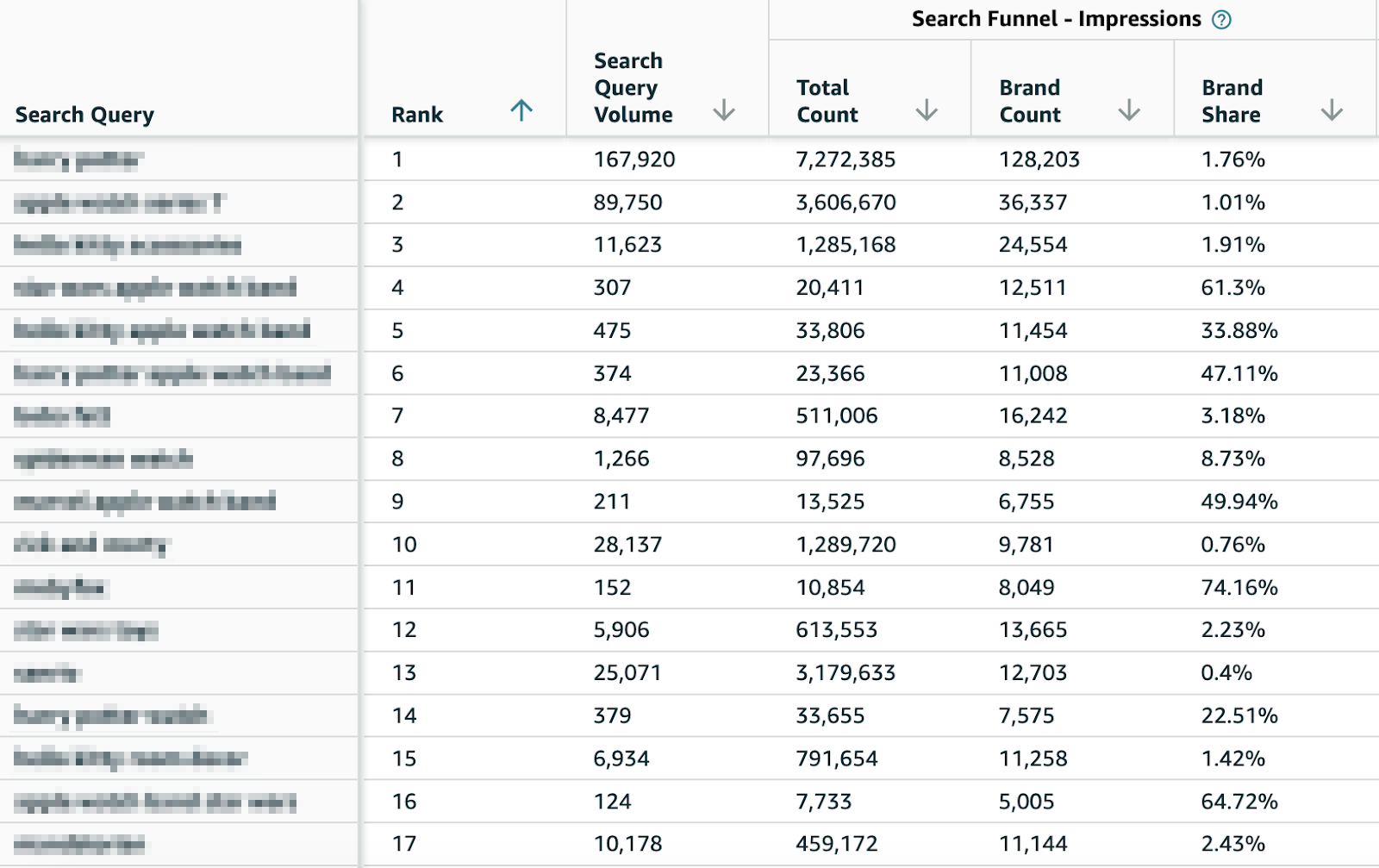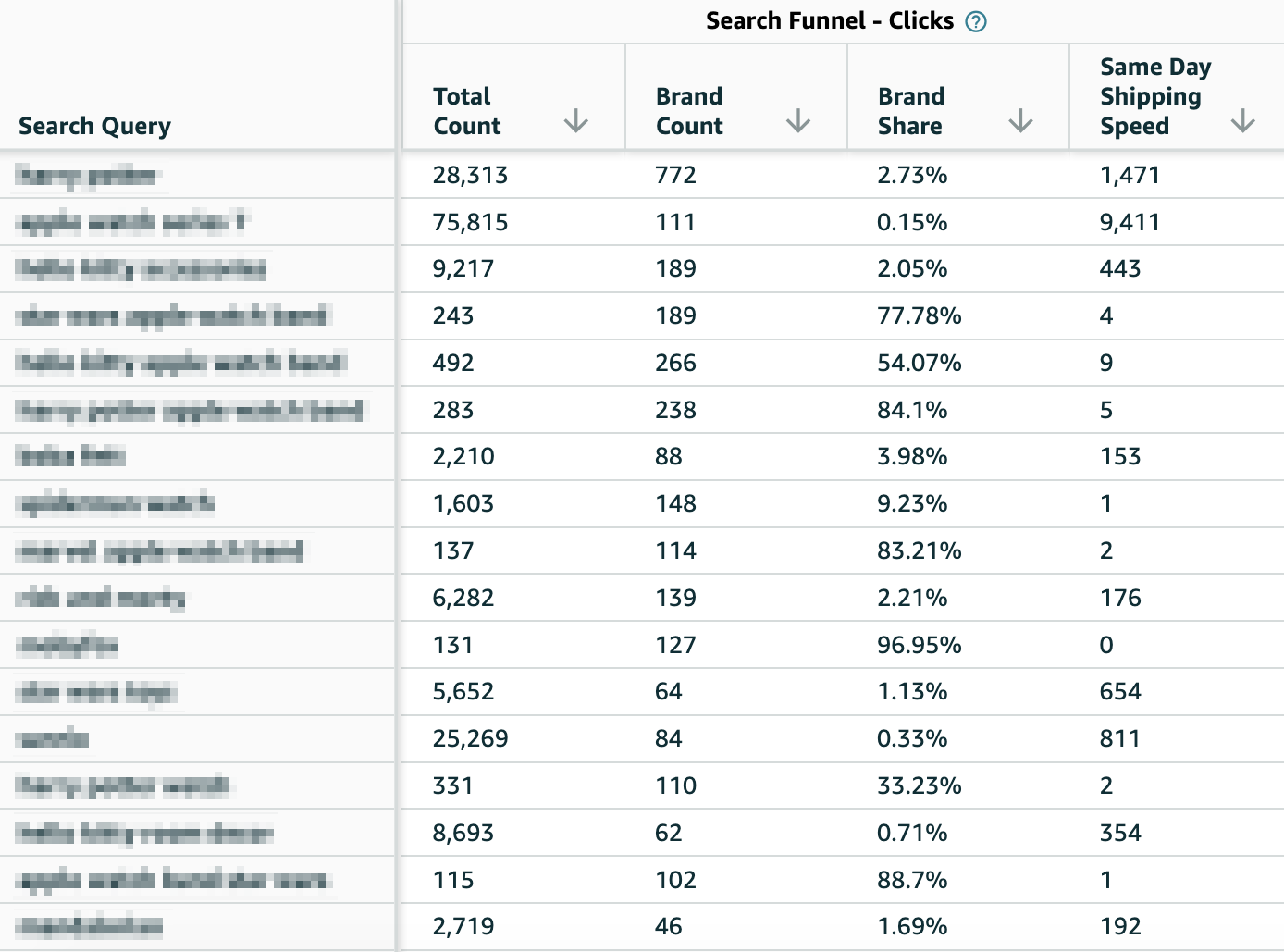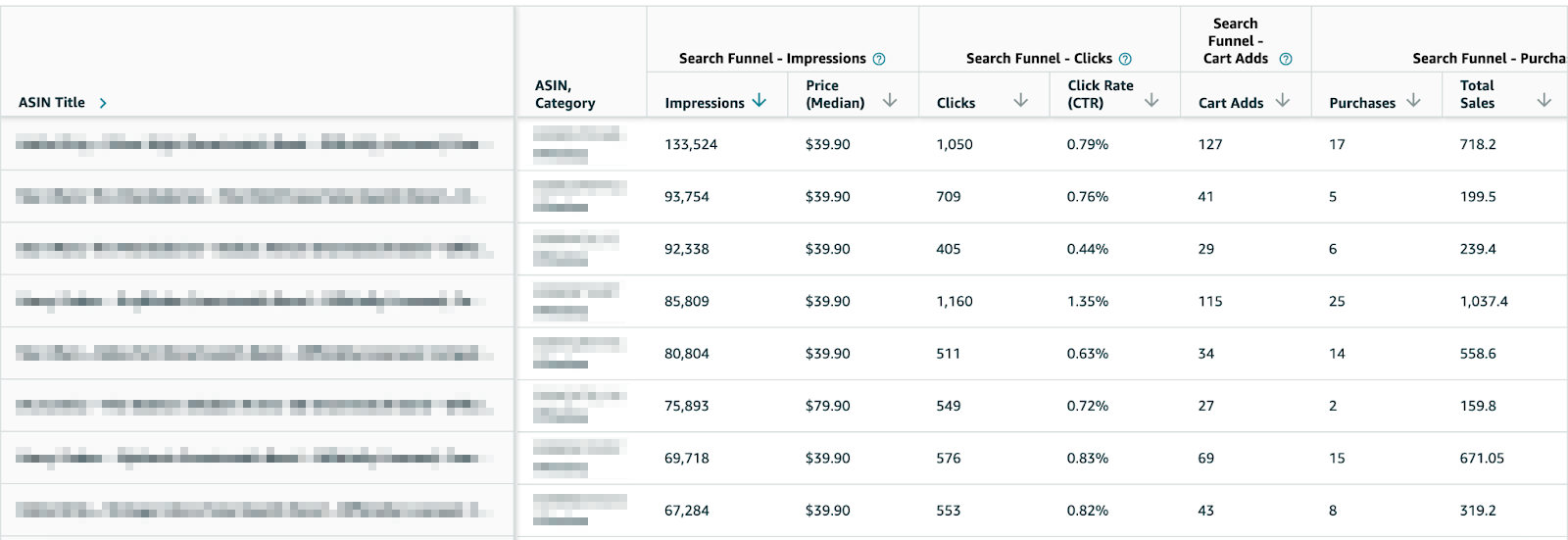Amazon Search Analytics: A Complete Guide for Brands


News & Insights
Amazon Search Analytics is here. Third-party sellers should take notice.
Brands now have access to anonymized data that will provide information on customer interests, preferences and shopping behavior. This data – previously unavailable in Amazon – will inform the way brands think about optimizing listings, managing inventory, planning product development, and boosting sales and margins — both on and off the platform.
Though still in beta, Amazon Search Analytics should prove useful to sellers, especially since even small improvements can yield great results. For instance, adding informative Amazon A+ content increases conversion rates by 10% on average. At Amify, we’ve even seen product title lengths on Amazon impact sales significantly.
In this article, we’ll cover all you need to know about this new and exciting tool:
Search Analytics was unveiled at Amazon Accelerate in October 2021. The Search Analytics Dashboard is designed to provide third-party sellers with data and insights on their products’ search performance. The feature provides insights on where a product may lose the attention of the shopper in the purchase journey, enabling sellers to see exactly where they need to improve.
While still in beta, the tool is quite powerful. It provides search term-level performance data, giving you visibility into shoppers’ search behavior and key metrics of your catalog’s top terms.
Search Analytics has two dashboards:
For the Query Performance Dashboard, data is shown for each search term. The dashboard displays:


The Catalog Performance Dashboard provides product-level analysis, allowing you to dig into the performance of each ASIN. The dashboard displays:

…
For both dashboards, the metrics originate from the search results page, so while they may not exactly match sales reports, they do provide a great analysis on where your search terms are performing well (and where you could improve).
Amazon Search Analytics is available to third-party sellers (3P). You must be enrolled in Brand Registry to access the tool. It’s free.
Note that Search Analytics is a part of the Brand Analytics dashboard, a feature that enables sellers to make informed, strategic decisions about content, marketing and advertising on Amazon.

Search Analytics further enhances the Brand Analytics feature, which already provides reports for item comparison, shopper demographics, repeat purchase behavior and more.
With so much data on hand, the Brand Analytics dashboard and Search Analytics feature may appear overwhelming to sellers, especially when you have a business to run. Working with an Amazon agency partner can help you get the most out of these tools. At Amify, we can help you leverage these tools to create a better business strategy for you on Amazon. We’ll help you pinpoint where you can improve content, enhance ad campaigns, better plan inventory, and ultimately increase sales and margins.
Here are the steps to find Amazon Search Analytics:



Now that you know how to access and look at the data, you should know how to use Amazon Search Analytics. For each dashboard, you get data on your impressions, click-throughs, cart adds and purchases. This data can prove immensely helpful when analyzed properly.
For example, if you’re getting a lot of impressions for a search term but not a lot of clicks, perhaps updating the title will help boost performance. If you’re getting a lot of clicks for a search term but not a lot of cart adds and purchases, perhaps refreshing the design and copy will help boost performance.
A good idea is to compare performance across different time ranges, being sure to look at ratios such as:
Note if the trend of these metrics is improving or worsening, and then dig deeper into why. If there’s an uptick in clicks, but a huge drop-off in purchases, it could be as simple as a product being out of stock. Or, it could be a sign that the content must be improved.
Overall, the dashboard should serve as a tool to identify where and how you can improve the performance of ASIN listings and brand content, as well as advertising campaigns. The feature is a perfect starting point for optimizing your Amazon catalog and strategy.
Search Analytics can be a powerful tool to attract new Amazon customers that are within your grasp but not yet visiting your pages or completing a purchase.
Search Analytics does have a lot of data to consider, and knowing how to leverage it to your advantage can be time-consuming and difficult. That’s why it can help to have an Amazon partner by your side who has the experience and expertise to extract the right insights from this data. This way, you aren’t throwing changes at the wall and seeing what sticks.
At Amify, we’re a full-service Amazon partner that manages more than $200 million per year in gross merchandise volume. We’ve been in the Amazon game for more than a decade, and bring a large team of Amazon experts to every relationship. When we look at your Search Analytics, we’ll know how to pinpoint the issues and identify the opportunities. This will allow you to efficiently make improvements and get back to what matters: Running your business.
Learn more about how we can help your Amazon business succeed!